Cast your mind back to the financial crisis. The world’s largest banking institutions are on the verge of collapse. Those which are too big to fail are bailed out, with billions of pounds of taxpayers’ money. Each household in the UK loses around £31,000 each in 2008 alone. A decade of austerity follows suit.
Who was to blame for this? The greedy bankers of course. Unleashed by decades of deregulation and cheap money, City financiers had spent entire careers cynically flogging dodgy products to unknowing consumers. In pursuit of nothing more than fat bonus cheques, they had shelved all sense of decency and risked the entire system for their gain. Somebody had to be held accountable! Somebody had to go to prison!
#OTD 2007: Financial crisis of 2007–2008: The Northern Rock bank experiences the first bank run in the United Kingdom in 150 years. pic.twitter.com/35WEUvHOER
— Politics & Contemporary History at Salford (@SalfordUni_PCH) September 14, 2018
As we begin to benefit from the passing of the years and the distance of time, it is easy to forget just how angry many were in the aftermath of the financial crisis. As is so often a human tendency, there was a baying for blood and a strong desire for individuals to be publicly flogged – to pay a high price for the pain they had allegedly caused. In many ways, this is understandable. And nobody would deny that those genuinely responsible for bringing the world to the precipice should be exposed. But what if we got the wrong people?
Despite the financial crisis largely stemming from the fraudulent selling of subprime mortgages in the United States, very few individuals were prosecuted for this on either side of the Atlantic. Only one person was convicted for their role in trading and selling such products. Instead, the most prominent investigations largely centred around the alleged rigging of the London Interbank Offered Rate (LIBOR). This is a benchmark interest rate, used by the world’s largest banks to determine how much to charge each other when lending cash.
Investigators at the UK’s Serious Fraud Office (SFO) claimed to have revealed an elaborate network of LIBOR conspirators, who worked together to push the interest rates up or down depending on what would advantage their trading positions. Given LIBOR underpinned trillions of dollars’ worth of financial instruments, the SFO pushed an inaccurate narrative that interest rate traders had defrauded innocent consumers all around the world. The authorities claimed that traders, by manipulating LIBOR, had pushed up the costs for things like commercial loans and mortgages for their personal gain.
Charges were brought against dozens of traders. Tom Hayes, a former trader at UBS and Citi in Japan, was the first to be found guilty of rigging LIBOR. He was sentenced to an astonishing fourteen years in prison, later reduced to eleven on appeal. The SFO then prosecuted an alleged network of Barclays traders who had been doing the same thing. We have spoken to Jay Merchant and Carlo Palombo, who were both found guilty and sentenced to a combined sentence of over ten years, as well as Ryan Reich and Stylianos Contogoulas, who were acquitted. We also interviewed French citizen Philippe Moryoussef, who fled the country and was convicted in absentia. In the United States, Gavin Black and Matthew Connolly of Deutsche Bank were found guilty of rigging LIBOR in 2018, but the conviction was recently overturned by a Manhattan court. Connolly spoke to us at length about their experiences and the reasons for their acquittal.
Acquitted Libor trader: "Matt Connolly, former Deutsche Bank trader, says those found guilty of “fixing” Libor are all innocent" https://t.co/ZAmVaMtUEX
— Evening Standard (@standardnews) February 5, 2022
DisruptionBanking has investigated the LIBOR trials extensively. We have also submitted a number of freedom of information requests to the SFO, examined court transcripts and evidence, and delved into how LIBOR worked pre-2008. All of this has led us to one, firm opinion: that a serious miscarriage of justice has taken place.
How LIBOR worked
LIBOR was set up by the British Bankers’ Association (BBA) in the 1980s. Each day, the Association would ask a panel of major global banks “the rate at which it could borrow funds, were it to do so by asking for and then accepting inter-bank offers in reasonable market size just prior to 11.00.” Essentially, the BBA sought to determine how much banks would charge to lend money to other banks. Every bank would reply with a certain rate. The BBA would then take out the highest and lowest figures, and calculate an average – the trimmed average – from the remaining numbers. This would then be published at around 11.55 London time each morning and be accepted as the benchmark interest rate.
LIBOR was unregulated, so the precise nature of the rules were vague. Much of the process depended on culture and market practice. And indeed, there was a common understanding that banks were allowed to submit their daily rates with commercial considerations in mind. Banks are, after all, profit-making entities. Depending on their open trading positions, it might benefit the bank to have LIBOR slightly higher or lower on any given day. As banks always had a range of acceptable rates to pick from, traders might request a “high” or “low” LIBOR from within that range. This was long considered standard commercial practice and a normal part of a trader’s job – which was, after all, to make their bank money. Indeed, as whistleblower Paul Carlier recently noted, the BBA knew this was part of the process many years before the financial crisis:
However, and to be clear, Ewan and others at the BBA had been aware since at least as early as 2005 that UK banks in particular were submitting GBP LIBOR to reflect their commercial interests as opposed to, and significantly out of line with, their true cost of borrowing…..
— Paul Carlier (@Carlier_J87) March 4, 2022
While training was haphazard and shoddy, all the traders I spoke to told me this was done in full knowledge of compliance officials and senior management. In their eyes, there was no reason to hide anything or suspect they were doing anything wrong, hence why they made their requests on recorded phone calls or monitored emails. After all, the practice was never explicitly forbidden: on the contrary, it was a widely acknowledged and accepted practice that thousands of traders engaged in on a daily basis. Rightly or wrongly, it was simply part of how the system was designed and how it worked. As Reich said to us, “LIBOR was always commercial, it was always meant to work commercially, that was always part of the system – nobody who is being honest will tell you otherwise.”
As a result, there was never even a feeling that seeking to influence LIBOR rates might be dubious. As Palombo – who was a junior trader told to request amendments by his managers at Barclays – said: “If I had said I’m not doing it, people would’ve said “why?” Until these prosecutions started, there was not even a sense that this may have been prohibited […] Imagine if someone at work tells you to open a window and you refuse, because in 15 years’ time a judge might say that’s prohibited. It’s like that. It’s crazy.”
In the trials, the prosecution’s case rested on the assertion that it was unlawful for traders to incorporate any commercial considerations into their LIBOR submissions. But as the US Court of Appeal for the Second Circuit recently judged, when it overturned the convictions of Black and Connolly, this is not accurate. The Court pointed out that the BBA’s question was, in any case, inherently theoretical. Panel banks were asked to provide estimates on hypothetical loans. There is never one “true” interest rate.
Furthermore, because of the vague nature of many of the terms in the question – such as “reasonable market size” and “could” – bankers had considerable scope to submit a range of slightly different rates. All of the rates would be accurate and satisfy the BBA’s definition. Within a range of acceptable rates, bankers would simply opt to pick the one that was most beneficial to their position. Why wouldn’t they? That doesn’t mean their behaviour was misleading or dishonest – let alone unlawful. Andy Verity, Economics Correspondent at the BBC, explains this well:
There's nothing in economics or logic that says you can't have more than one genuine, honest answer to the same question. They might be both a genuine answer AND incorporate a commercial advantage. Just as you might be both a human – and a dancer.
— Andy Verity (@andyverity) March 2, 2022
Furthermore, while the prosecution sought to portray the traders as greedy bankers making huge profits at others’ expense, the sums gained from this practice were next to zero. For Merchant, submitting LIBOR rates “was less than 0.01% of my daily work […] I never made a penny out of it.” Moryoussef also outlined that the impact of nudging the rates up or down was “mostly zero” and “on rare occasions,” a change of “0.01 basis points” might be achieved.
The advantage of influencing a rate by 0.01% is tiny. Moryoussef estimated that influencing rates would normally only improve profits for the bank by a few thousand euros, even when billions of euros were being traded. Given that his annual targets were to earn the bank between fifty and one hundred million euros in profits, the advantage gained from influencing rates was so negligible as to be practically non-existent. Furthermore, as Moryoussef was rewarded with commission of between two and five percent, nudging rates by a maximum of 0.01 basis points would result in a personal gain that was even smaller. If he was lucky, influencing the interest rates might occasionally have resulted in a bonus for Moryoussef of a couple of hundred euros.
As this hardly chimes particularly well with the “greedy banker” narrative pushed by the SFO, Moryoussef believes they simply tried “to impress a non-specialist jury” by emphasising the fact that billions of euros were traded. This was to suggest, inaccurately, that profits and bonuses must therefore have been similarly huge. In turn, this played a part in the wider narrative that argued the traders were greedy cynics, selfishly manipulating interest rates for their own benefit. Given the public mood in the aftermath of the financial crisis, juries did not need much persuasion to lock bankers up, even if they didn’t fully understand the complex derivatives being discussed.
But as regulators are aware, this is not the case. While criminal convictions against numerous traders have succeeded in the UK, the Financial Conduct Authority (FCA) has not sanctioned individuals on regulatory grounds. That is firstly because, as the Bank of England has also acknowledged, LIBOR was completely unregulated. How can you break rules that don’t exist? This lack of regulatory action is also testament to the fact that taking commercial considerations into account when submitting rates was never prohibited, and was widely accepted market practice. Hayes, for example, has never been stripped of his licence to trade despite being convicted of fraud and sentenced to more than a decade in prison. The authorities in Japan, too, where he worked at the time of the alleged offences, “didn’t even sanction me on a regulatory basis, because they knew it wasn’t regulated.”
The first time this practice was actually outlawed was in 2015 by Mr Justice Cooke during the Hayes trial. Despite all the evidence to the contrary, Cooke decided that it was – and always had been – unlawful to try and influence LIBOR for commercial gain. He directed the jury on that basis. Cooke also refused to permit evidence of an FCA investigation into a senior colleague of Hayes’ at UBS, who had also made commercially-driven requests. The FCA found that he had not acted dishonestly or outside the rules, as his submissions were within a valid range, and decided that his actions warranted no sanction whatsoever Given this, and that the judge had also made comments before the trial branding Hayes a “gambler” who should have pleaded guilty, it is hard to escape the conclusion that he had already decided what the result of the trial should be before it had started. What is worse is that Cooke effectively conjured up a law out of nowhere and then ordered the jury to apply it retrospectively. Reich called this ruling “categorically insane.”
“You try to make sense of [the injustices] but you can't… I don’t understand how a judge can retroactively invent a law and then look the accused in the face” — ex-Barclays trader Carlo Palombo, who was sentenced to 4 years in jail for Euribor rigging in July 2019. pic.twitter.com/9vVxkEPol5
— Ian Fraser (@Ian_Fraser) March 31, 2022
A similar ruling was made in Moryoussef’s trial. Despite his lawyers providing statements from the financial experts who constructed EURIBOR (the eurozone equivalent of LIBOR) outlining that commercial rates were meant to be part of the system, the judge asserted that they were unlawful nonetheless. In Moryoussef’s words, “the judge said he had the right to say that commercial interests were not allowed […] this was an interpretation from a judge who knew nothing about finance two weeks ago. He refused to believe the founders of the system – specialists who testified that commercial considerations had always been allowed.” At this point, he came to the opinion that “everything was biased against us” and decided to flee the country to France. His home country has refused to extradite him to Britain on the grounds that his actions were not illegal in France. Indeed, after the decision of the Second Circuit in the US, his actions would not be deemed illegal anywhere in the world apart from Britain. “The UK is the only country in the world where this is a crime, based on a ruling invented by non-expert judges […] this is becoming ridiculous.”
This is the first article in a three-piece series, to be continued on Tuesday 3rd May.
Author: Harry Clynch
#LIBOR #FinancialCrisis #BBA #Citi #UBS #Barclays


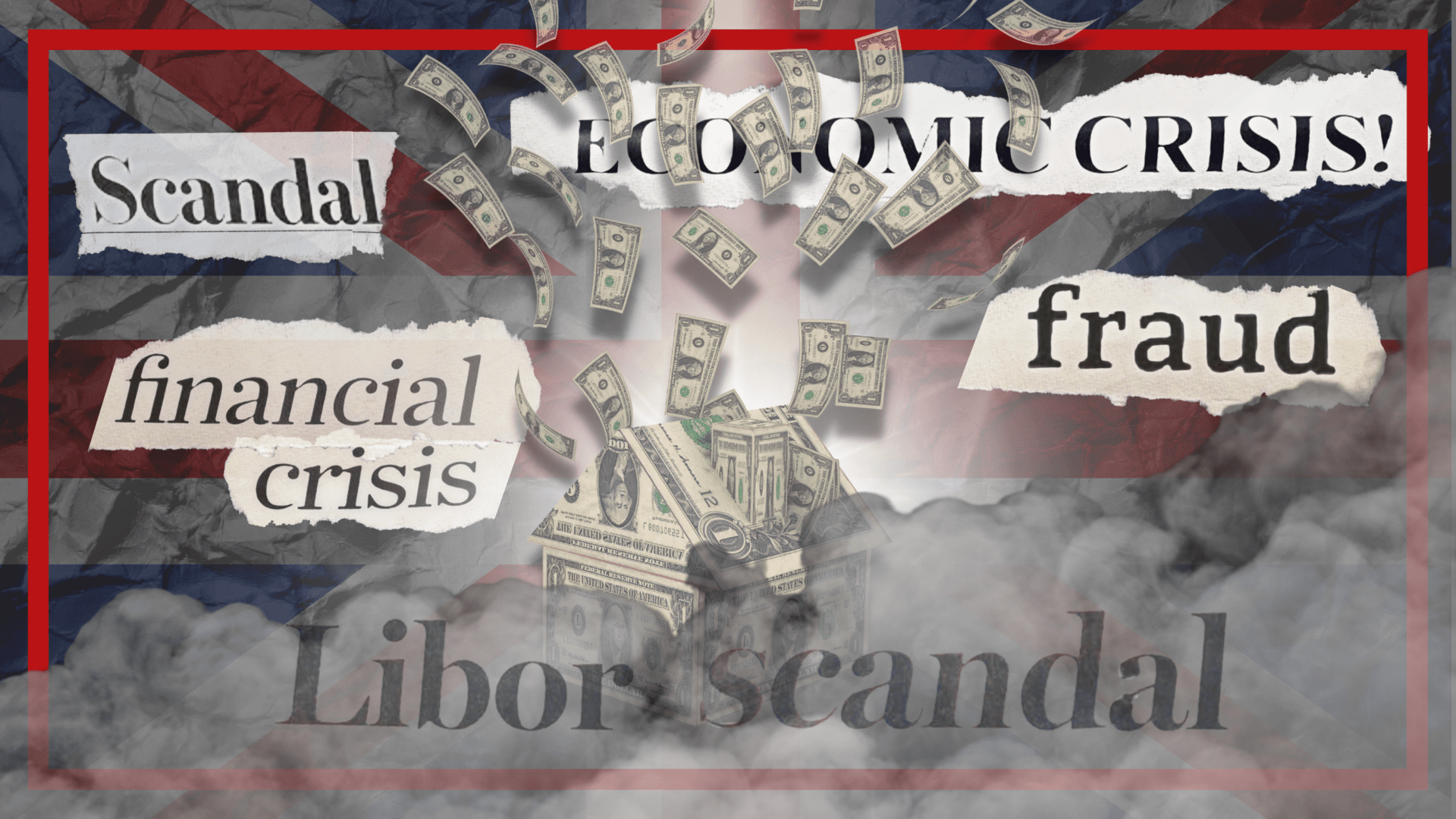



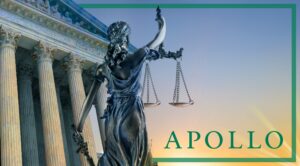
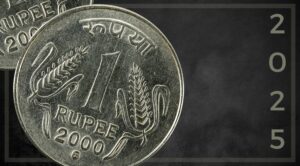
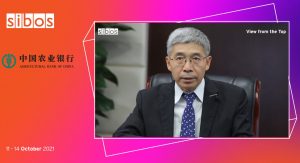
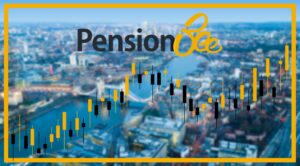
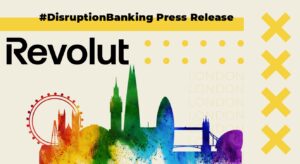


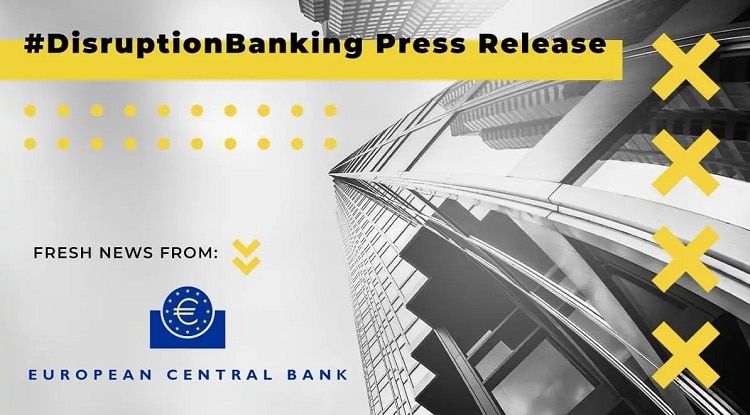
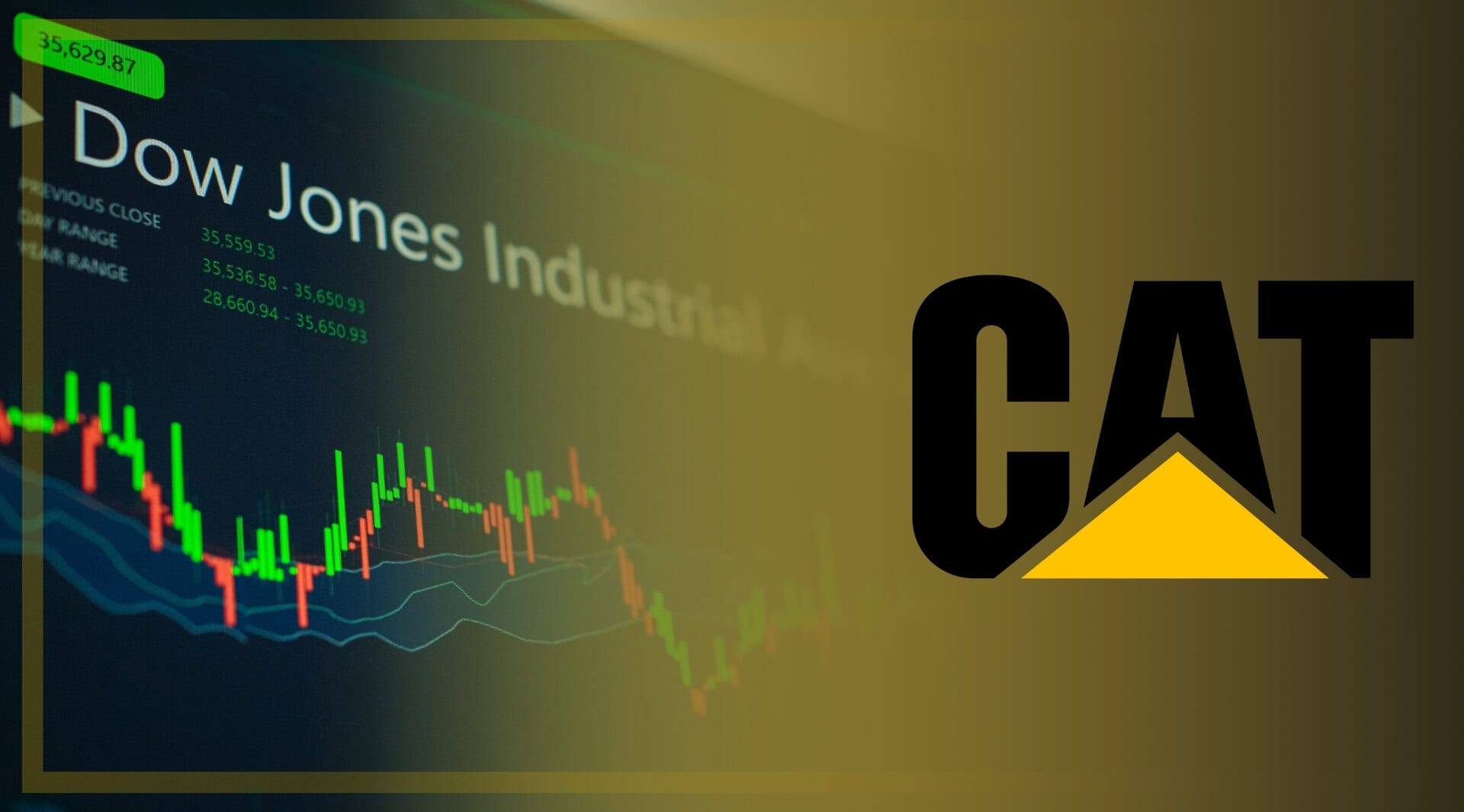

One Response
I worked in the financial markets in those years and have a very clear understanding of what the Libor was. Never in anybody’s opinion could what these trader’s did be found as unlawful.
The fact is, it was well known that the banks’ management, the BBA and the SFA all knew and were aware of how Libor worked and how the interactions between the Libor setters and traders occurred. In light of this, how come only a few traders were found guilty? Why wasn’t the management, which instructed many of these traders to seek a more favourable rate not prosecuted, for example?
Good article Harry.